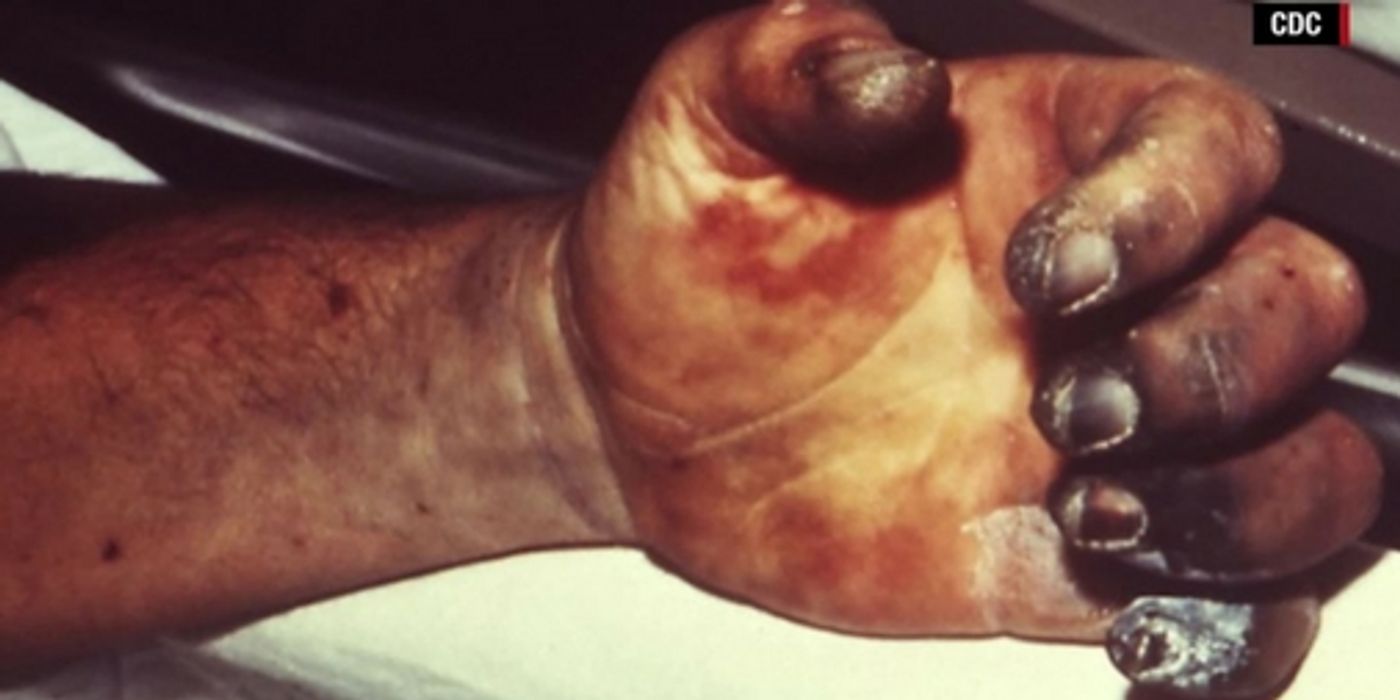The Plague Returns With the Dead in Madagascar
Madagascar is currently battling a plague outbreak that has so far infected nearly 1,200 people and killed 124 people. It’s thought that the cultural practice of “dancing with the dead” helped fuel the resurgence of the plague-causing bacteria, infecting a larger number of people than usual.
The plague is an infectious disease caused by the bacteria Yersinia pestis, and transmitted to humans through bites of infected fleas. The disease is most notorious for causing the Black Plague in Europe in the 1300s. Researchers estimate the death toll from this pandemic to be between 75 to 200 million people, which makes it one of the most deadly pandemics in history. And contrary to popular belief, the Black Plague was not caused by rats; rather, rats infected with the fleas helped to transmit and propagate the disease.
Not treated properly, the bite of an infected flea can cause the lymph nodes to swell. Other signs and symptoms of the bubonic plague include fevers, chills, and malaise. When the bacteria gets into the bloodstream, septicemic plague occurs and can lead to bleeding from the mouth, nose, rectum, or even under the skin. In cases where victims have blackened and gangrenous extremities, the bacteria has thoroughly infiltrated the bloodstream. The third type of plague affects the lungs, known as pneumonic plague. This variety causes rapid problems with breathing and coughing, and is considered the most dangerous because the bacteria can spread through the victim’s bloody sputum. Without proper treatment, the plague leads to death in 60 to 90 percent of cases, according to the CDC.
While the plague is endemic to Madagascar the current outbreak far exceeds the 400 or so cases expected annually. Furthermore, the infection is turning up in large urban areas, an unusual pattern noted by the World Health Organization (WHO).
Officials are still working to determine the cause of the outbreak. However, some believe the Madagascar funeral practice of “famadihana” has contributed to the outbreak. Also referred to as the “turning of the bones,” “dancing with the dead,” or “body turning,” the tradition involves exhuming dead relatives, rewrapping the body, and dancing with the corpse around the tomb to live music. One Malagasy man described the tradition as “our way of respecting the dead. It is also a chance for the whole family, from across the country, to come together."
But the ritual carries a deadly health threat. "If a person dies of pneumonic plague and is then interred in a tomb that is subsequently opened for a famadihana, the bacteria can still be transmitted and contaminate whoever handles the body," explained Willy Randriamarotia, the chief of staff in Madagascar's health ministry.
Due to the severity of this link, plague victims are not to be buried in tombs that can be reopened, per the Malagasy government. Nevertheless, the cultural significance of this tradition can supersede public health threats. “I will always practice the turning of the bones of my ancestors — plague or no plague. The plague is a lie," said one woman to the Agence France-Presse (AFP), an international news organization.
Fortunately, the plague is treatable with antibiotics. But because the bacteria can kill within just a day, early detection is crucial. In addition to national efforts, WHO has also designated eight health centers to help treat and contain the outbreak.
As for the plague making its way out of Madagascar? Officials say not to worry (for now). “The risk of international spread is low, because generally, people with plague are too sick to travel," said Dr. Charlotte Ndiaye, a WHO representative in Madagascar.
Additional sources: CNN, Live Science









